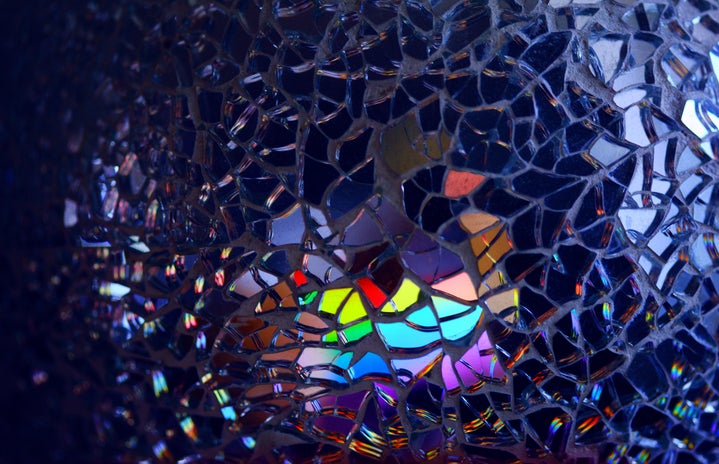For many people, our first experience with any mind-altering drug is marijuana. You might have heard about magic mushrooms or ecstasy and maybe have even given it a try. According to adf.org.au, psychedelics (also known as hallucinogens) are a class of “psychoactive substances” that change one’s perceptions, mood, cognitive processes and awareness of time. The word psychedelic according to WebMD, literally means “mind revealing,”, as many believe that these drugs have the power to open one’s mind and subconscious.
The six most commonly used psychedelics include: Ayahuasca, DMT, LSD, NBOMes, 2C-B and Psilocybin.
Ayahuasca (pronounced: eye-ah-WAH-ska) is plant-based and has the ability to alter your senses and produce hallucinations. Produced as a maroon drink with a really strong taste and smell, it is typically ingested as a liquid. Ayahuasca was prevalent for centuries in South America, specifically in Peru, Brazil and Colombia. It formed part of religious rituals and therapeutic medicines.
DMT, which is also active in ayahuasca, is found in a variety of plants and animals. It is similar to psilocybin as its effects are short but intense. DMT is also ingested in liquid form and usually drunk with another plant which contains an additional psychoactive ingredient MAOI. DMT can also be produced synthetically as white power, making it possible for the drug to be snorted or smoked.
LSD, colloquially known as acid or Lucy, is a widespread party psychedelic which produces lasting side effects for up to 12 hours. LSD is taken in the form of drops or blotting paper placed on the tongue but is sometimes also sold as a tablet. Typically, the effects take around 30 minutes to begin and last for 8-12 hours. LSD causes sleeplessness, so for the duration of the drug’s activation in your body, it will keep you awake. After the drug has passed through your system, insomnia and fatigue are commonly experienced.
It is important to note that many of the aftereffects of psychedelics, known as drug withdrawal, result in fatigue, muscle pain and feelings of hopelessness or aggravated depression. This is due to the euphoric state these drugs place the user in during their activation after a strong dosage. Removing that high sense of euphoria results in the other extreme heavy lows. Therefore, many people who suffer from depression or other mental illnesses are highly discouraged from taking strong doses of psychedelics, as this may heighten their emotions and mental states.
Controlled dosages of LSD in particular, however, have shown positive results when treating patients with depression, PTSD and anxiety.
NBOMes, N-Bombs, are completely synthetic psychedelics, often mistaken for LSD, due to their similar form of blotting paper placed on the tongue. NBOMes are relatively new so many of the withdrawal and long-term effects have not yet been determined. During activation, they also cause changes in perception, and the senses and create hallucinations.
2C-B is a white powdery substance that is sometimes taken as a tablet. It forms part of the “2C” group of drugs which is simply the general term for their scientific name: phenethylamine. 2C-B typically lasts from 1 to 8 hours and is known to heighten or lower sexual arousal. 2C-B is often mixed with marijuana for a more intense psychedelic experience.
Psilocybin, colloquially known as magic mushrooms, look like ordinary mushrooms and are ingested fresh, dried or brewed into a drink. When dried they can be smoked or mixed with marijuana and tobacco. The effects include a sense of calmness of the mind and body, as well as hallucinations. Continued use of psilocybin can result in tolerance to the drug and dramatically lower its effects.
Psychedelics have been used since ancient times and were often prescribed for medicinal purposes, as many are today as well. Additionally, their spiritual associations were central to many ancient societies’ cultures. Although many of the effects of psychedelics have been proven to improve a user’s mental state, it is advisable to practice caution when taking them. When using heavier drugs at stronger doses, do so with a sober guide or in a group to hinder the possibility of experiencing a bad trip, which can result in scary hallucinations and aggravate certain mental illnesses. It’s important to do intensive research about any drug before you take it because knowing what it will do to your body is always better than not knowing.


